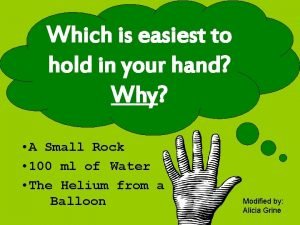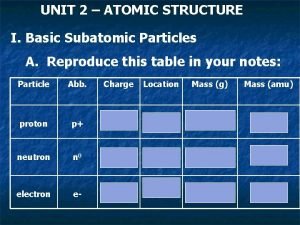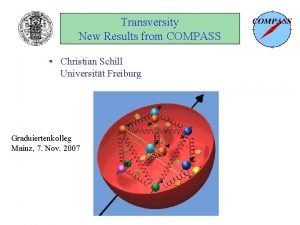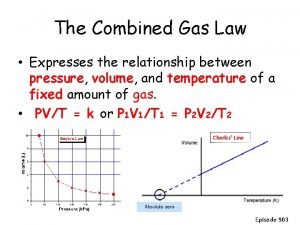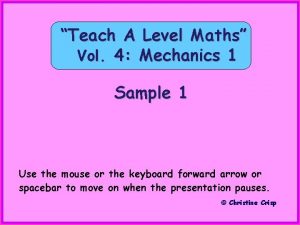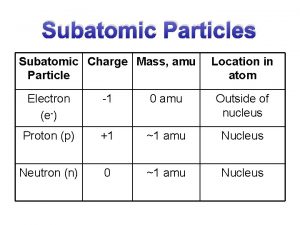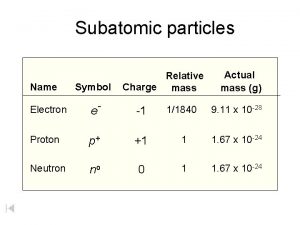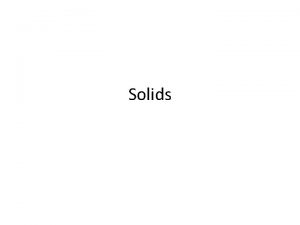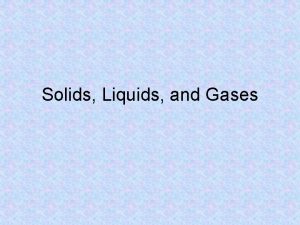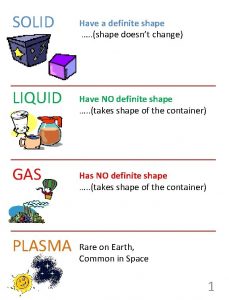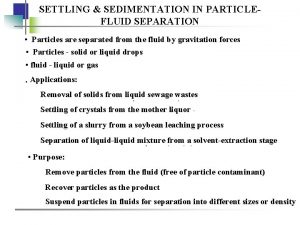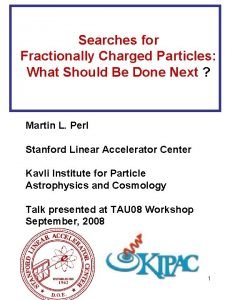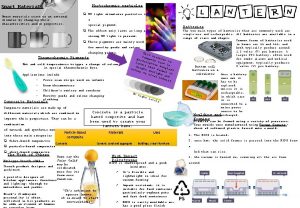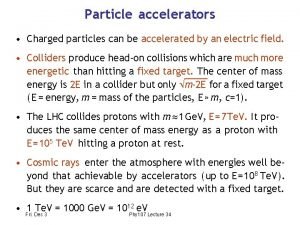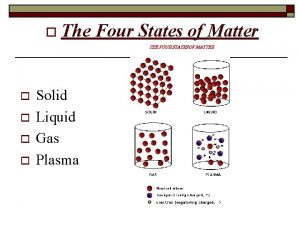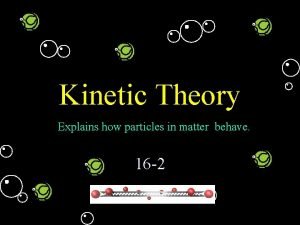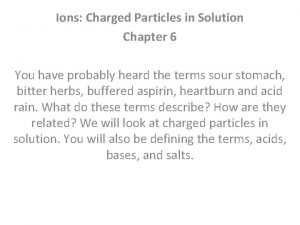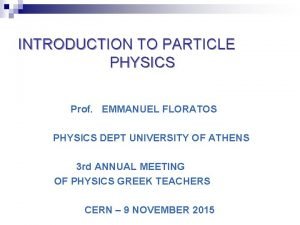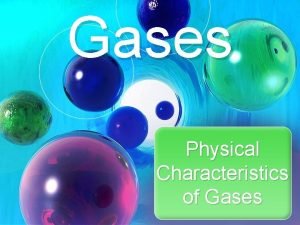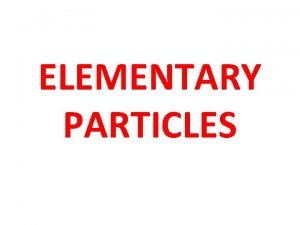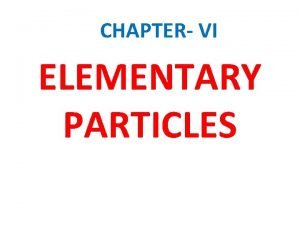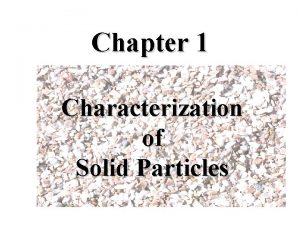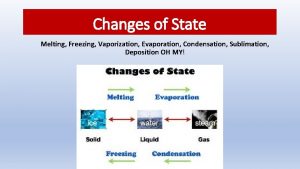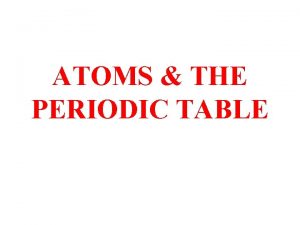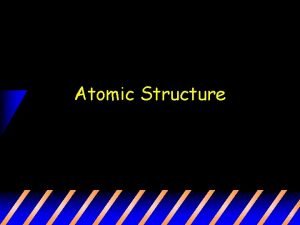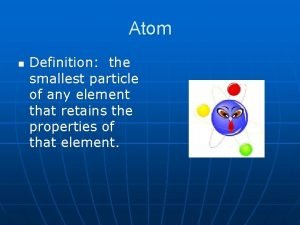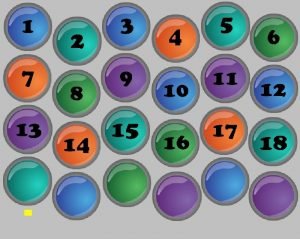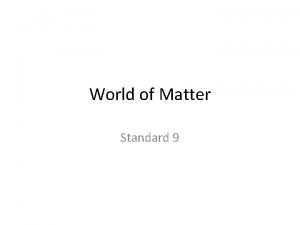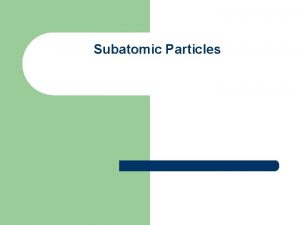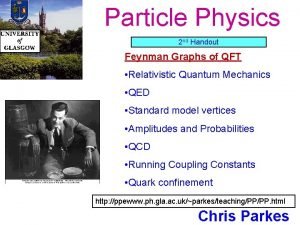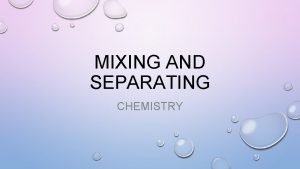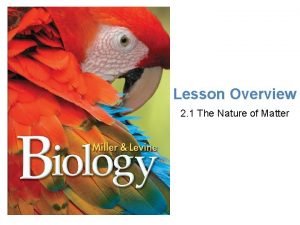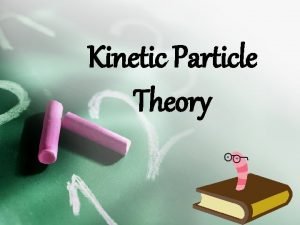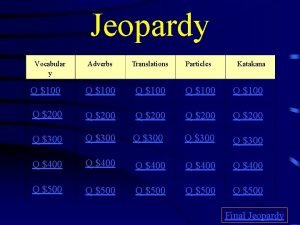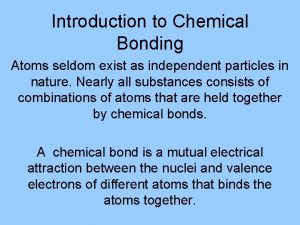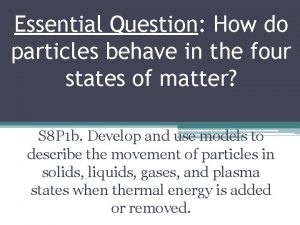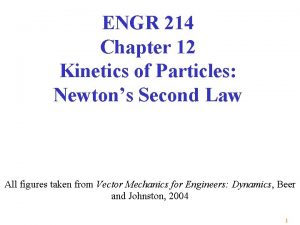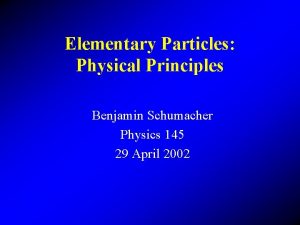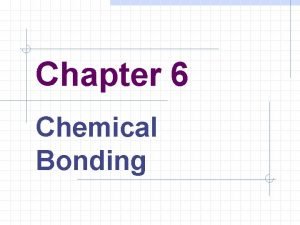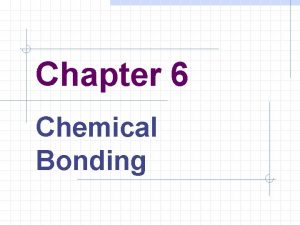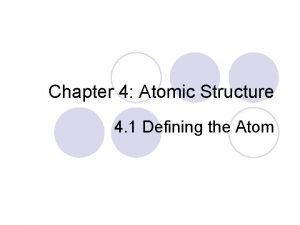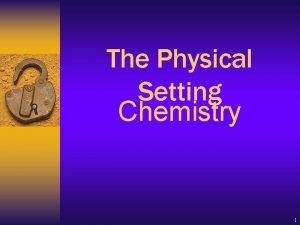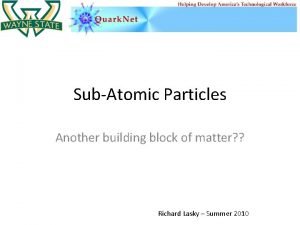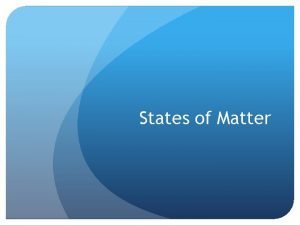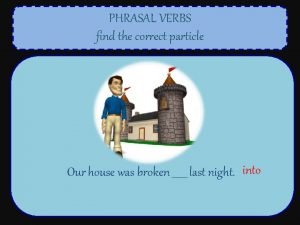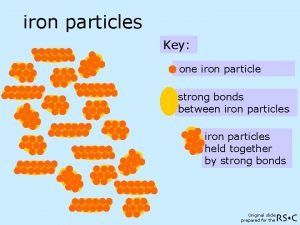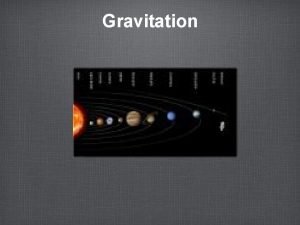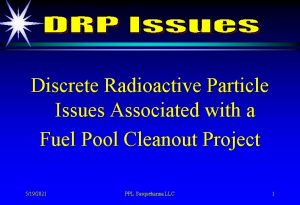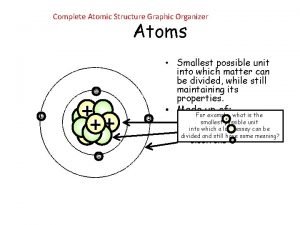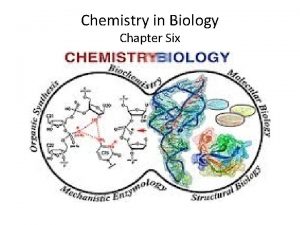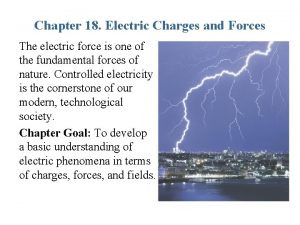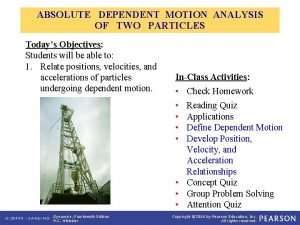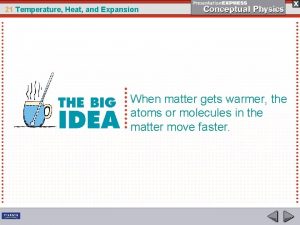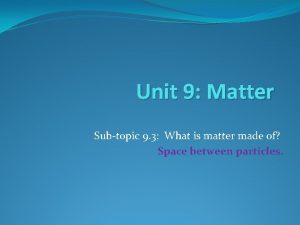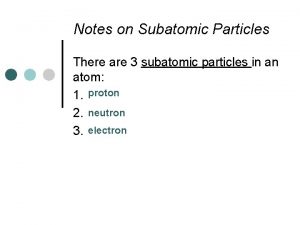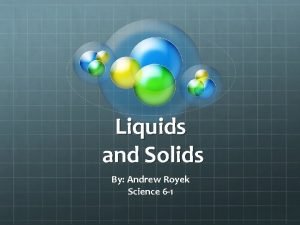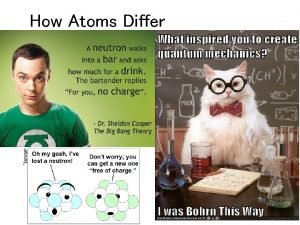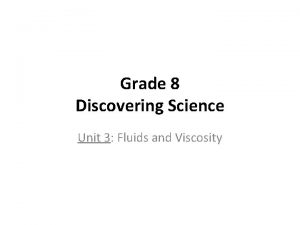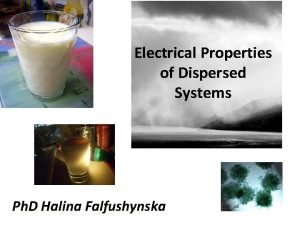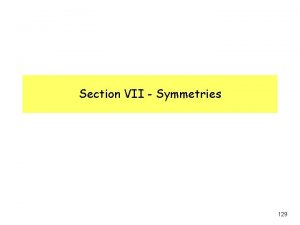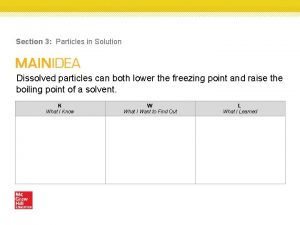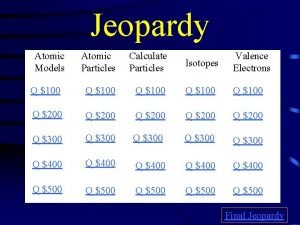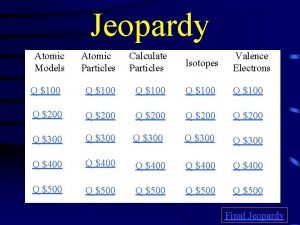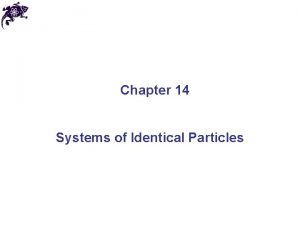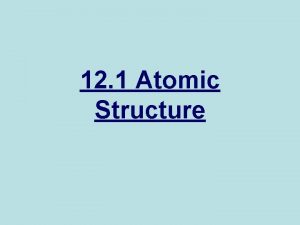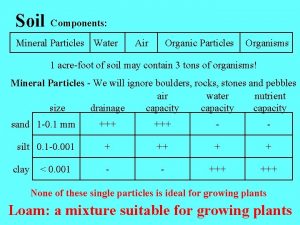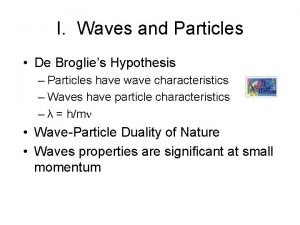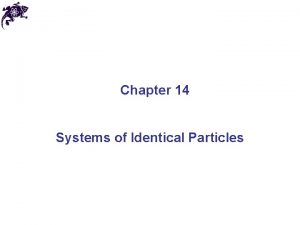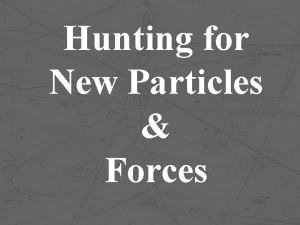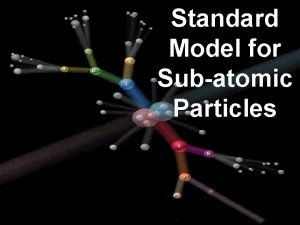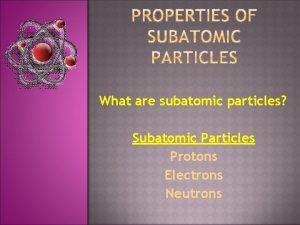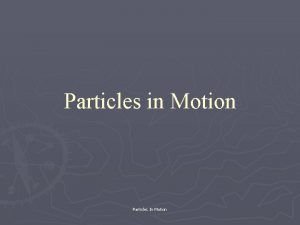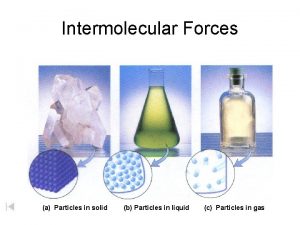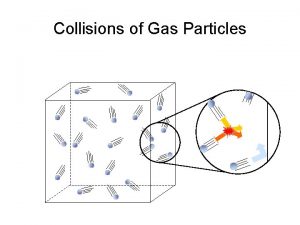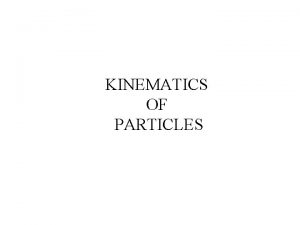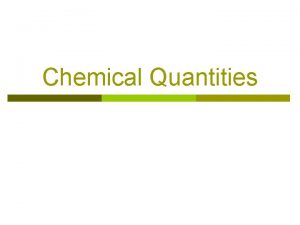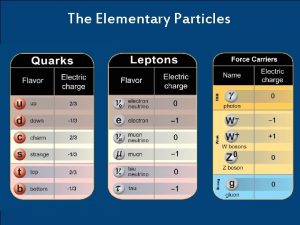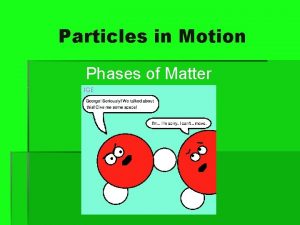Section III A World of Particles Lesson 11







































































- Slides: 71

Section III: A World of Particles Lesson 11 Atomic Pudding Lesson 12 Atoms By Numbers Lesson 13 Subatomic Heavyweights Lesson 14 Isotopia Lesson 15 Nuclear Quest Lesson 16 Old Gold

Lesson 11: Atomic Pudding Models of the Atom

Chem. Catalyst The drawing shown here is a model of a very tiny cube of gold. 0. 0000041 meter 1. What do you think a scientific model is? 2. The spheres in this model represent atoms. What do you think atoms are? 3. How could you draw a model of the element copper to show that it is different from the element gold?

Key Question How are the smallest bits of matter described?

You will be able to: • • • describe the historical development of the current atomic model describe and draw an atomic model and explain the evidence that supports the existence of atomic structures describe the dynamic nature of scientific models

Prepare for the Activity Work in groups. Model: A simplified representation of something more complex, that facilitates understanding certain aspects of a real object or process. Atoms: The smallest unit of an element that retains the chemical properties of that element.

Discussion Notes The Atomic Model Through Time

Discussion Notes (cont. ) Contemporary scientists are in agreement that matter is made up of tiny particles called atoms.

Discussion Notes (cont. ) Nucleus: The dense, positively charged structure found in the center of the atom. It is composed of protons and neutrons. Proton: A particle with a positive charge, found in the nucleus of atoms. Electron: A particle with a negative charge. Electrons move very fast around the outside of the nucleus of atoms. Neutron: A particle that does not have a charge, found in the nucleus of atoms.

Discussion Notes (cont. ) Scientists have created models to describe atoms. Scientific evidence is a collection of observation that everyone agrees on.

Wrap Up How are the smallest bits of matter described? • All matter is made up of extremely small particles called atoms. These particles are too small to be seen directly, even under a microscope. • The atom is composed of even smaller particles called protons, neutrons, and electrons. The protons and neutrons are located in the dense nucleus of the atom. The electrons surround the nucleus. Protons are positively charged, neutrons have no charge, and electrons are negatively charged.

Wrap Up (cont. ) • • Science is theoretical and dynamic. Models and theories are continually being revised or replaced with new models and theories as new evidence is gathered.

Check-in Here is a model of a carbon atom. 1. List two things this model tells you about the carbon atom. 2. List something this model does not tell you about the carbon atom.

Lesson 12: Atoms By Numbers Atomic Number and Atomic Mass

Chem. Catalyst Models of a helium atom and a beryllium atom are shown. The nucleus of each contains protons and neutrons. The electrons orbit the nucleus. 1. Compare the two models. List three similarities and three differences. 2. Based on the models, why do you think helium is number 2 (the second element) and beryllium number 4 (the fourth element) on the periodic table?

Key Question How are the atoms of one element different from those of another element?

You will be able to: • distinguish between atomic number, mass of an atom, and average atomic mass • describe the structure of an atom and draw a simple atomic model of an atom • extract information from the periodic table related to atomic structure and atomic mass

Prepare for the Activity Work in groups.

Discussion Notes The atomic number of an element is the same as the number of protons in the nucleus of that element. Atomic number: The number of protons in the nucleus of an atom of an element. In the periodic table, the elements are arranged in order by atomic number.

Discussion Notes (cont. ) Each successive element has one more proton than the element before it. Protons and neutrons account for most of the mass of an atom. You can estimate the number of neutrons in an atom by subtracting the number of protons from the average atomic mass of the element (rounded to the nearest whole number).

Discussion Notes (cont. ) The atomic mass of an atom determined by summing the number of protons and neutrons is not identical to the average atomic mass of the element given in the periodic table. If you change the number of protons in an atom, you also change the elemental identity of that atom.

Wrap Up How are the atoms of one element different from those of another element? • Each element in the periodic table has one more proton than the element preceding it. • The atomic number of an element is the same as the number of protons in the nucleus of each of its atoms.

Wrap Up (cont. ) • In a neutral atom, the number of electrons is equal to the number of protons. • The mass of a proton is 1 atomic mass unit (1 amu). The mass of a neutron is also 1 amu. The mass of an electron is so small it is considered negligible. So the mass of an atom in atomic mass units is simply the sum of the number of protons and the number of neutrons.

Check-in Use your periodic table to identify these elements. 1. Atomic number is 18. 2. Has three electrons when atoms are neutral. 3. Atomic mass is 16. 0.

Lesson 13: Subatomic Heavyweights Isotopes

Chem. Catalyst A chemist investigating a sample of lithium found that some lithium atoms have a lower mass than other lithium atoms. The chemist drew models of the two different types of lithium atoms, as shown on the following slide.

Chem. Catalyst (cont. ) 1. What is different about the two atoms? 2. What is the atomic number of each atom? 3. What is the atomic mass of each atom?

Key Question How can atoms of the same element be different?

You will be able to: • • • define isotope and write and interpret the symbol for a specific isotope determine the average atomic mass of an element based on the natural abundance of isotopes of that element predict the number of protons, neutrons, and electrons in the most abundant isotope of an atom, based on average atomic mass

Prepare for the Activity Work in pairs.

Discussion Notes Atoms of the same element that have different numbers of neutrons are called isotopes. The percentage of each isotope of an element that occurs in nature is called the natural percent abundance of the isotope.

Discussion Notes (cont. ) Symbols Associated with Isotopes

Discussion Notes (cont. ) Chemists use a special notation to symbolize an isotope. One way to refer to isotopes is to use their mass numbers.

Discussion Notes (cont. ) Calculate the Atomic Mass of Neon

Discussion Notes (cont. ) The average atomic mass of an element is the weighted average of the masses of the isotopes in a sample of the element. The most common isotope of an element, frequently has a mass that is close to the average atomic mass given in the periodic table.

Wrap Up How can atoms of the same element be different? • Isotopes of an element have the same number of protons and electrons but different numbers of neutrons. • The average atomic mass of an element listed in the periodic table is the weighted average mass of the naturally occurring isotopes of that element. • Isotopes are referred to by their mass numbers, as in carbon-12.

Check-in Nitrogen has two naturally occurring isotopes. Predict the number of neutrons in the two isotopes of nitrogen, N. Which isotope do you predict to be more abundant? How do you know?

Lesson 14: Isotopia Stable and Radioactive Isotopes

Chem. Catalyst Which of the following are isotopes of copper, Cu? Explain your reasoning. A. D. 63 29 87 29 Cu B. 197 79 Au C. Cu E. 34 29 Cu F. 63 28 Cu 65 29 Cu

Key Question What types of isotopes do the various elements have?

You will be able to: • • • interpret a graph of naturally occurring isotopes describe the general nuclear composition of a stable nucleus differentiate between a stable isotope and a radioactive isotope

Prepare for the Activity Work in pairs. You should each have a copy of the periodic table.

Discussion Notes The graph of naturally occurring isotopes gives us an idea of how many different isotopes of the elements are found in nature. The words atom, isotope, and element are interrelated. Nearly all atoms have at least one neutron for every proton in the nucleus.

Discussion Notes (cont. ) Many isotopes have more neutrons than protons. A handful of the isotopes on the chart are unstable. Some elements have a naturally occurring radioactive isotope. The isotopes of the elements after bismuth (atomic number 84 and up) are all radioactive.

Discussion Notes (cont. ) Radioactive isotope: Any isotope that has an unstable nucleus and decays over time.

Wrap Up What types of isotopes do the various elements have? • Each element found in nature has somewhere between one and ten isotopes. • The neutron-to-proton ratio is an important factor in determining the stability of the nucleus of an isotope. Atoms with small masses have a neutronto-proton ratio of about 1: 1. The most massive atoms have a neutron-to-proton ratio of about 3: 2. • Some elements have isotopes that are radioactive. The nuclei of radioactive isotopes are unstable and decay over time.

Check-in � 1. Use the chart to determine how many neutrons you would need to make a stable element with 79 protons. 2. What element is this? Write its isotope symbol.

Lesson 15: Nuclear Quest Nuclear Reactions

Chem. Catalyst Using the Nuclear Quest game, find the ten kinds of cards shown below. Which cards cause the nucleus of one element to change into the nucleus of a different element?

Key Question What are nuclear reactions?

You will be able to: • • explain the different processes involved in nuclear changes and the conditions required for those processes explain the connection between nuclear changes and changes in atomic identity

Prepare for the Activity Work in groups of four. The goal of the game is to discover element 112 and name it. This is accomplished by moving the nucleus through the entire periodic table.

Discussion Notes Alpha Decay

Discussion Notes (cont. ) Beta Decay

Discussion Notes (cont. ) Nuclear chemistry is the study of changes to the nucleus. Nuclear reaction: A process that involves changes to the nucleus of an atom. Radioactive decay: A spontaneous process by which an atom emits radiation or a particle from its nucleus to become more stable. Fusion: The joining of two nuclei to form a larger nucleus accompanied by a release of energy. Fission: The splitting apart of an atomic nucleus into two smaller nuclei accompanied by a release of energy.

Discussion Notes (cont. ) Changes in the nucleus of an atom can change the identity of an element. Alpha particle: A particle composed of two protons and two neutrons, equivalent to the nucleus of a helium atom. Beta particle: An electron emitted from the nucleus of an atom during beta decay. Gamma ray: A form of high-energy electromagnetic radiation emitted during nuclear reactions.

Discussion Notes (cont. ) Nuclear changes frequently involve the transfer of large amounts of energy. Alpha decay: A nuclear reaction in which an atom emits an alpha particle. Its atomic number decreases by 2, and its mass number decreases by 4. Beta decay: A nuclear reaction in which a neutron changes into a proton, and the atom emits a beta particle. The atom’s atomic number increases by 1.

Wrap Up What are nuclear reactions? • Alpha decay results in a decrease in the atomic number by 2. • Beta decay results in an increase in the atomic number by 1. • Gamma radiation usually accompanies alpha and beta decay and also fission. Gamma radiation can be quite harmful to humans.

Wrap Up (cont. ) • Nuclear fission involves a single nucleus breaking apart into two smaller nuclei. • Nuclear fusion involves two nuclei combining to form a nucleus with a larger atomic number. Nuclear fusion takes place in extremely hot environments, such as the cores of stars.

Lesson 16: Old Gold Formation of Elements

Chem. Catalyst 1. What patterns do you notice in the fusion reactions? 2. Do you think gold can be created on Earth by a fusion reaction? Explain your thinking.

Key Question How are new elements formed?

You will be able to: • • • explain how different elements are formed through nuclear reactions write a balanced nuclear equation describe the mechanism behind a nuclear chain reaction

Prepare for the Activity Work individually. You will need a copy of the periodic table and the isotope chart from Lesson 14.

Discussion Notes Nuclear processes can be written as nuclear equations. During alpha decay, the nucleus of an atom emits a helium nucleus, transforming the element into an element with a smaller nucleus. During beta decay, a neutron inside the nucleus of an atom emits an electron.

Discussion Notes (cont. ) Nuclear fusion involves the joining together of nuclei. Fission involves a nucleus breaking up into smaller nuclei. Nuclear reactions change the identity of an element. Nuclear fusion produces bigger (heavier) elements from smaller (lighter) ones.

Discussion Notes (cont. ) Nuclear Chain Reactions

Discussion Notes (cont. ) • • Nuclear fission is a process that releases enormous amounts of energy. Nuclear fission can result in a nuclear chain reaction that produces a great deal of energy.

Wrap Up How are new elements formed? • Radioactive decay, nuclear fusion, and nuclear fission are all nuclear processes that result in the creation of new elements. • The mass of a nucleus changes when neutrons or protons are added or lost. • The identity of an element changes when its nucleus gains or loses protons.

Wrap Up (cont. ) • Radioactive decay happens in the natural world around us. Fission can be spontaneous for unstable nuclei, or it can be provoked using nuclear bombardment and other methods. Fusion of nuclei to form different isotopes happens in the stars.

Check-in In a paragraph, defend this statement: If you want to find gold, your best bet is to dig “old” gold out of the ground. Your chances of making “new” gold are slim.
 Hamlet act iii scene iii
Hamlet act iii scene iii On heating solids
On heating solids Subatomic particles table
Subatomic particles table Christian schill
Christian schill Basic atomic structure worksheet
Basic atomic structure worksheet N in ideal gas law
N in ideal gas law Connected particles a level maths
Connected particles a level maths Mass of subatomic particles in amu
Mass of subatomic particles in amu Symbol for subatomic particles
Symbol for subatomic particles How do particles move in a liquid
How do particles move in a liquid Kinetic theory of solids
Kinetic theory of solids Definite volume
Definite volume Liquid to gas
Liquid to gas Terminal settling velocity
Terminal settling velocity The search for fractionally charged particles has
The search for fractionally charged particles has State of matter venn diagram
State of matter venn diagram Photochromic particles
Photochromic particles Charged particles can be accelerated by
Charged particles can be accelerated by Solid liquid gas plasma
Solid liquid gas plasma What are the properties of solid
What are the properties of solid Buoyancyability
Buoyancyability Chapter 6 ions charged particles in solution
Chapter 6 ions charged particles in solution Point like particles
Point like particles Postulate 1
Postulate 1 Basic particles
Basic particles Classification of elementary particles
Classification of elementary particles What processes turn sediment into sedimentary rock
What processes turn sediment into sedimentary rock Arithmetic mean diameter formula
Arithmetic mean diameter formula Sublimation deposition condensation evaporation
Sublimation deposition condensation evaporation Atom with the most protons
Atom with the most protons How are particles arranged in an atom
How are particles arranged in an atom Atoms are small hard particles
Atoms are small hard particles Heterogeneous mixture of intermediate size particles
Heterogeneous mixture of intermediate size particles Spaces between particles of liquid
Spaces between particles of liquid Subatomic particles symbols
Subatomic particles symbols Relative motion of two particles using translating axes
Relative motion of two particles using translating axes Virtual particles
Virtual particles Subatomic particles description
Subatomic particles description A cloudy liquid that contains insoluble particles
A cloudy liquid that contains insoluble particles Subatomic particles description
Subatomic particles description Properties of solid liquid and gas
Properties of solid liquid and gas Rectilinear motion of particles
Rectilinear motion of particles Adverbs of frequency jeopardy
Adverbs of frequency jeopardy Atoms seldom exist as independent particles
Atoms seldom exist as independent particles Cloudy mixture with particles that move erratically
Cloudy mixture with particles that move erratically How do particles behave
How do particles behave Kinetics of particles newton's second law
Kinetics of particles newton's second law Virtual particles
Virtual particles Atoms seldom exist as independent particles
Atoms seldom exist as independent particles Atoms seldom exist as independent particles
Atoms seldom exist as independent particles Subatomic particles table
Subatomic particles table Physical setting chemistry
Physical setting chemistry Building block of matter which contains subatomic particles
Building block of matter which contains subatomic particles Solid liquid gas particles
Solid liquid gas particles Complete the phrasal verbs with the correct particles
Complete the phrasal verbs with the correct particles Moles to grams
Moles to grams Particle diagram of iron
Particle diagram of iron The mutual force of attraction between particles of matter
The mutual force of attraction between particles of matter Gas particles are separated by relatively large distances
Gas particles are separated by relatively large distances Discrete radioactive particles
Discrete radioactive particles Atom graphic organizer
Atom graphic organizer How are the particles that make up atoms diagrammed
How are the particles that make up atoms diagrammed Particles attract each other
Particles attract each other Absolute dependent motion
Absolute dependent motion Chapter 21 temperature heat and expansion answer key
Chapter 21 temperature heat and expansion answer key Particles of a solid
Particles of a solid Subatomic particles chart
Subatomic particles chart Particles of a solid
Particles of a solid Particles
Particles Discovering science 8
Discovering science 8 General arrangement of subatomic particles in the atom
General arrangement of subatomic particles in the atom Electrophoretic mobility
Electrophoretic mobility

